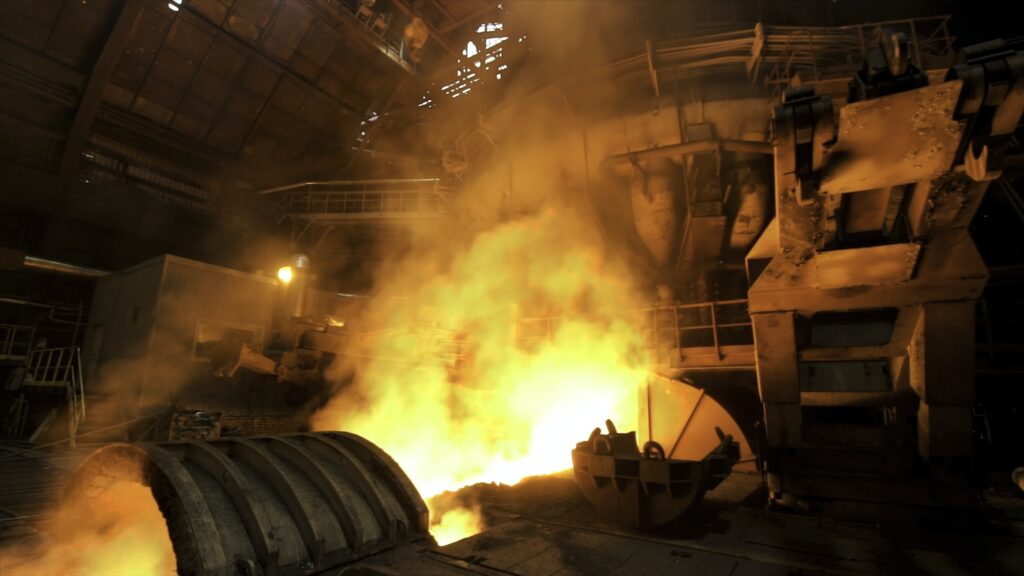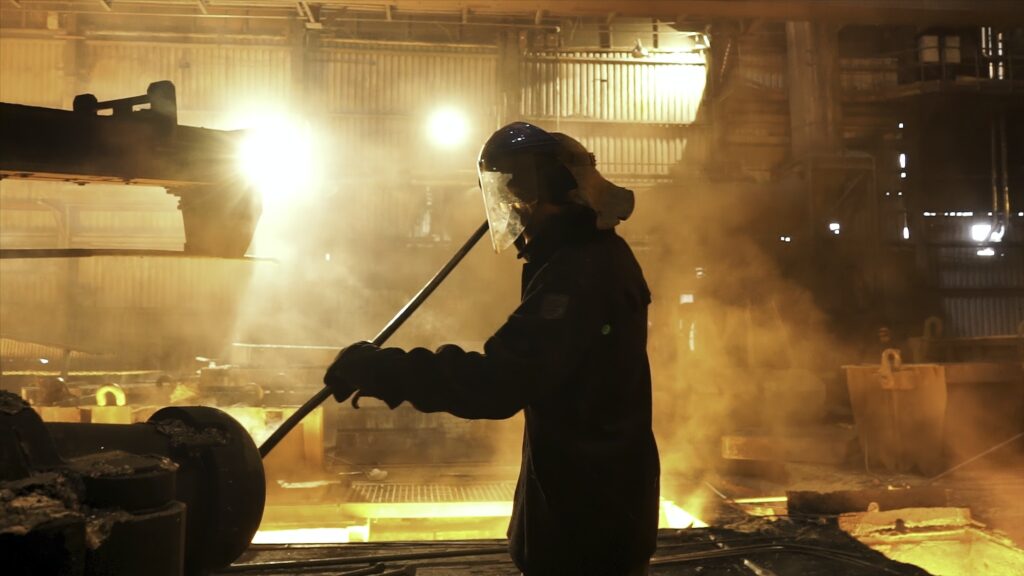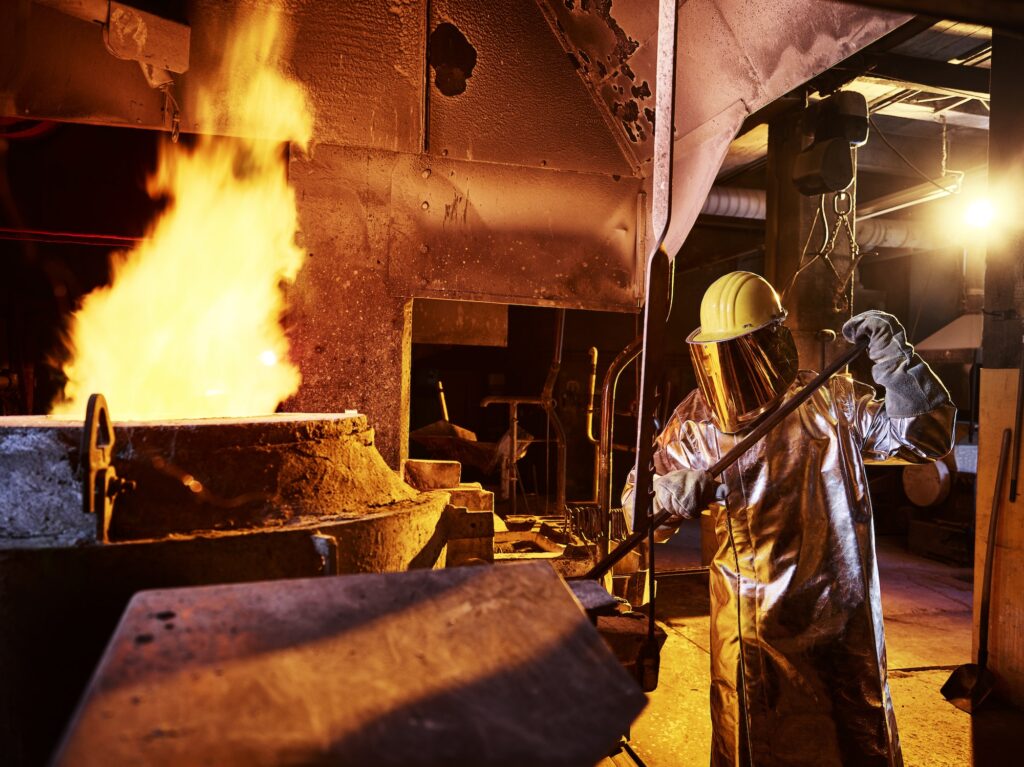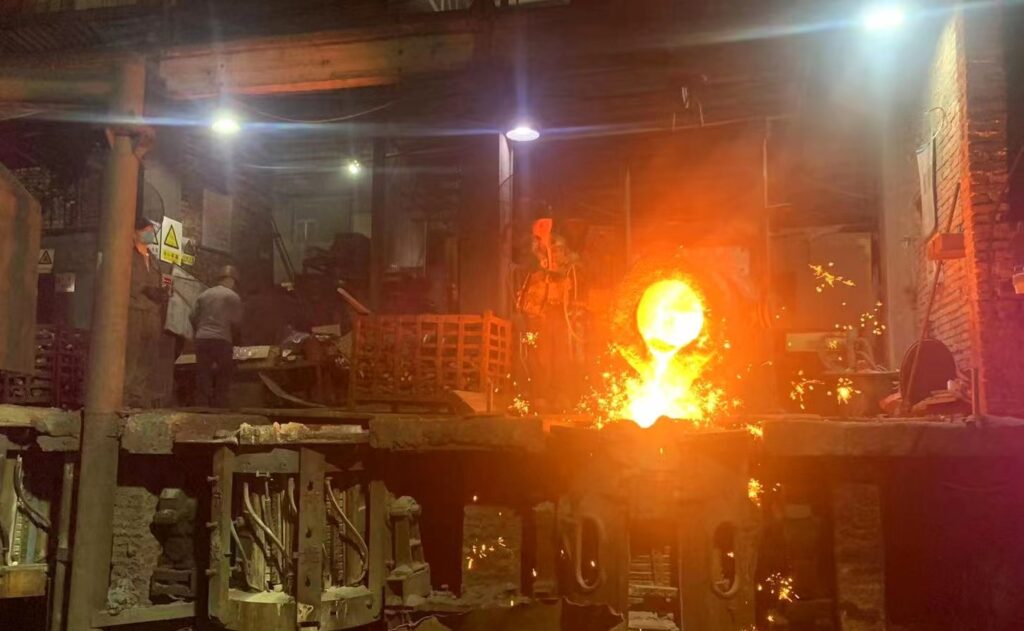Introduction
Induction furnaces and cupolas are two of the most popular furnaces used for the production of iron castings. Each type has its own advantages and disadvantages in the production of high quality iron casting products.
While both cupolas and induction furnaces are used for melting metals, there are some key differences between the two. If you’re trying to decide which type of furnace is right for your needs, it’s important to understand the pros and cons of each.
Keep reading to learn more about cupolas and induction furnaces so that you can make an informed decision.
1. Cupola furnaces are better for melting iron
Because they can reach higher temperatures than induction furnaces.
Cupolas are no strangers to the process of melting iron – they’ve been around for centuries!
But what makes cupolas more suitable for such a hot task? Well, with their vertical chamber and conical shape, cupolas can generate heat levels that surpass the abilities of an induction furnace.

Not to mention, their thick sand layers can keep the heat from escaping too quickly, so you get more bang for your buck!
So when it comes to melting iron, why settle for just a standard furnace when cupolas have got you covered – high temperatures and all!
2. Induction furnaces are more efficient in terms of energy use
So they save money in the long run.
If you are looking for a more efficient and cost effective way to melt metal, then an induction furnace is the way to go.
Unlike cupolas, which require burning coal or oil, induction furnaces use electricity for heating and melting. This means they are more efficient and cost effective than cupolas.
Induction furnaces are the way of the future when it comes to energy and efficiency. Not only are they greener, but they can also save you big bucks in the long run.
By cutting down on energy expenditure, your energy bill can quickly shrink without sacrificing results. Not only that, but induction furnaces tend to last longer and require less maintenance so you don’t have to worry about those pesky repair bills.
An induction furnace might cost more up front, but it’s well worth paying into that savings account – it will pay dividends in time. Who doesn’t love saving money and being kinder to the environment at the same time?

3. Cupolas create more pollution than induction furnaces
So they’re not as environmentally friendly.
Cupolas may be more traditional, but induction furnaces are more eco-friendly.
Cupolas inherently produce more pollution than other types of heat-generating equipment, leaving them out of contention for the green prize.
When cupolas burn coke, they release a variety of pollutants into the environment. These pollutants include sulfur dioxide (SO2), which causes acid rain and can cause respiratory problems; nitrogen oxides (NOx); particulate matter, which can irritate the respiratory tract and lungs; and carbon monoxide (CO).
In addition, smoke from combustion contains heavy metals, such as lead, arsenic and cadmium.
All of these pollutants can damage the environment and cause health problems for those who come in contact with them.
Induction furnaces, on the other hand, maintain a much better track record and can burn cleaner with less emissions due to their technological advantages.
So, if you’re looking to make an environmentally conscious choice when melting metal in your foundry, it’s better off that you side with induction furnaces rather than the old-fashioned cupola.

4. Induction furnaces are better for casting small objects
Because they have more precise temperature control.
This means that manufacturers can produce high-quality castings with a much tighter tolerance range than conventional furnaces. This makes them ideal for casting complex objects, such as jewelry or medical implants.
It also reduces scrap and improves consistency, so manufacturers can have confidence that they are producing a consistent product every time.
In fact, induction furnaces are more energy efficient They save money in the long run compared to other heating methods.
With all of these advantages, it’s no surprise that induction furnaces are becoming increasingly popular for casting small items.
Induction furnaces are modern marvels, providing exact temperature control that can make even the tiniest of objects.

Time and effort are reduced when casting small items; instead of spending many hours fine-tuning temperature and melting elements, induction furnaces do the job in a fraction of the time.
No more worrying about whether the metal is accurately heated – just set it and forget it! For producers with frequent small object needs, using an induction furnace can be a truly life-altering experience.
5. Cupolas can be used to melt other materials besides iron, while induction furnaces can only be used for metals
Cupolas and induction furnaces might both appear like ancient pieces of alchemy equipment, but they have one major difference – cupolas are a jack of all trades, since they can melt materials like limestone, glass or pottery, as well as iron!
This makes cupolas a very versatile tool for metal workers, as they can be used to melt a variety of material types.
This is why cupolas are often used in foundries and other industrial settings where precise melting of different metals is required.
Induction furnaces, on the other hand, are not as open and can only be used to melt smaller quantities of metal.
So while cupolas can cater to many needs, induction furnaces are basically one trick ponies.
Does your project require more than magical tricks? See if a cupola is up for the challenge!

Conclusion
If you’re trying to decide whether a cupola or induction furnace is right for your needs, consider the following: cupolas can reach higher temperatures and can be used to melt materials other than iron, but they are less efficient in terms of energy use and produce more pollution. Induction furnaces are more efficient and have better temperature control, but can only be used for metals.
It is also important to note that if you are planning to purchase iron castings in China, congratulations, you have found a country that is very advantageous in terms of product quality and cost.
In recent years, there has been a lot of concern about environmental protection in China, so manufacturing companies that have not passed environmental protection are no longer allowed to continue operating.
In particular, the emission of harmful gases and liquids is under strict control. The environmental pollution caused by cupolas is very serious, so the use of cupolas has been banned in various places.
If your preferred foundry is still producing iron castings in a cupola, beware of the risk of shutting down production.
Castimoo is a supplier specializing in the production and sale of iron castings. It has 30 years of experience in the field of gray and ductile iron.
We have 3 sets of induction furnace production lines and have obtained the environmental discharge permit. The quality of our products is well received by domestic and foreign customers.
If you need to purchase iron castings, you can feel free to ask us. Looking forward to working with you.
